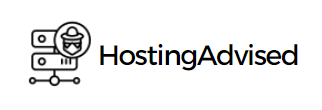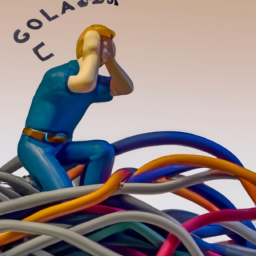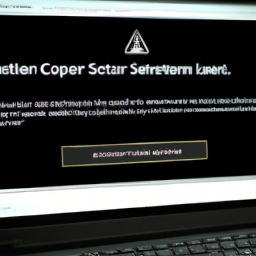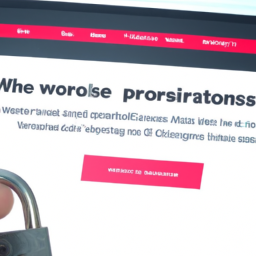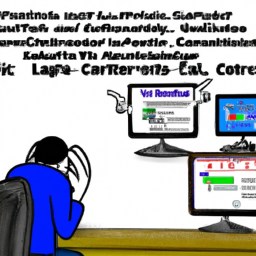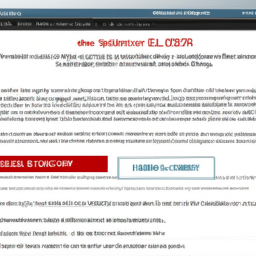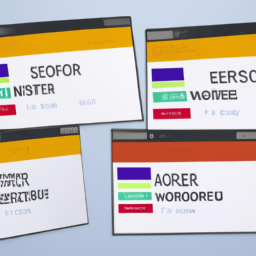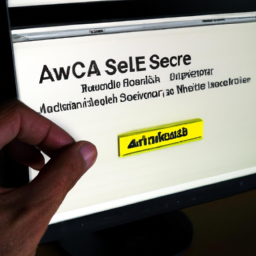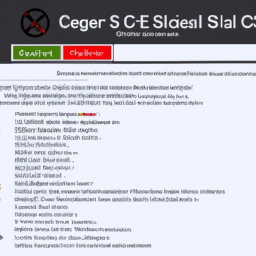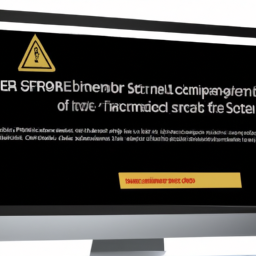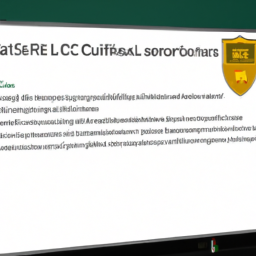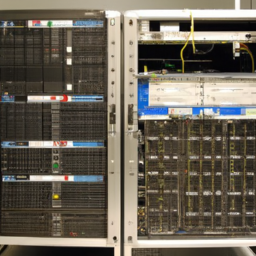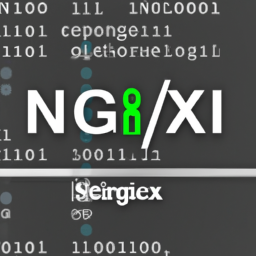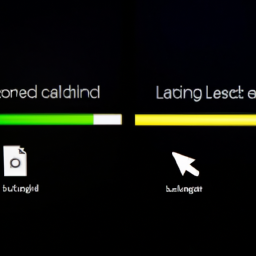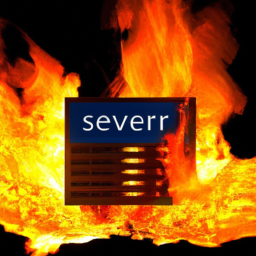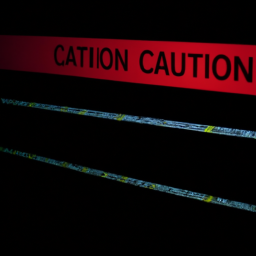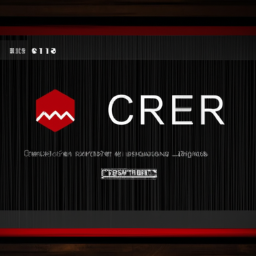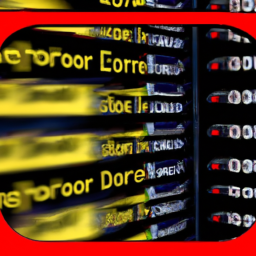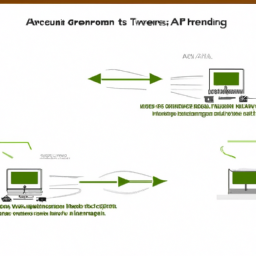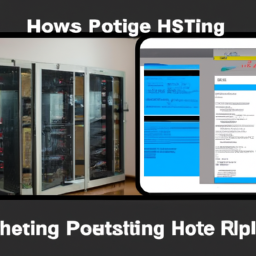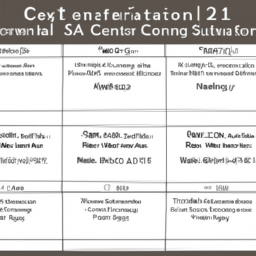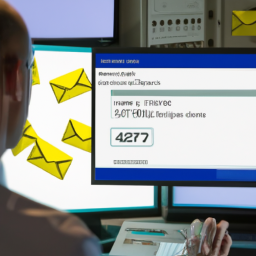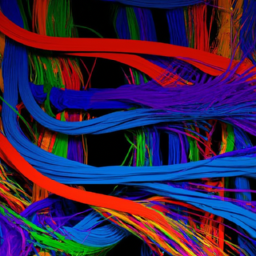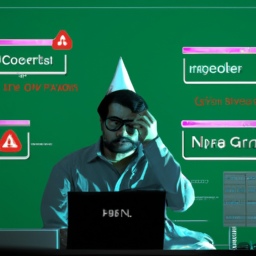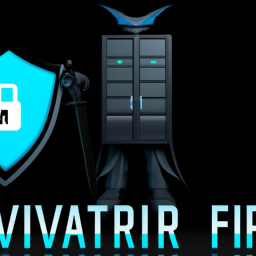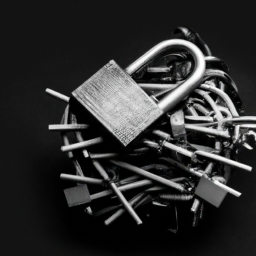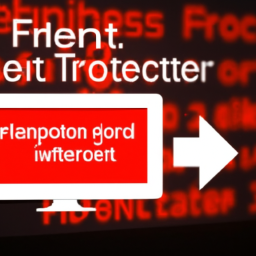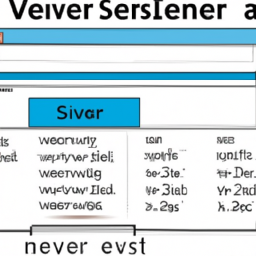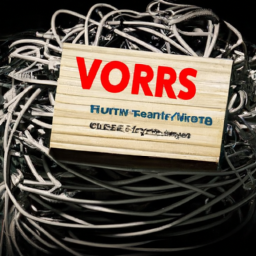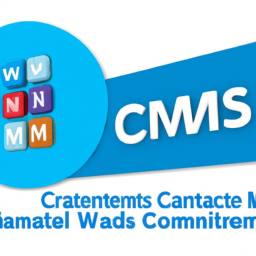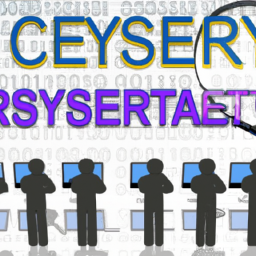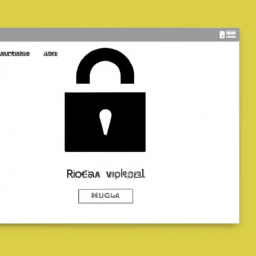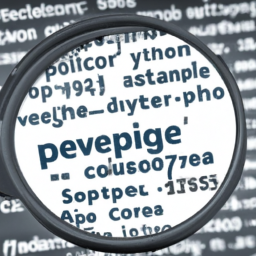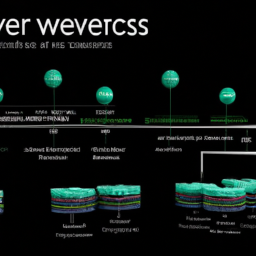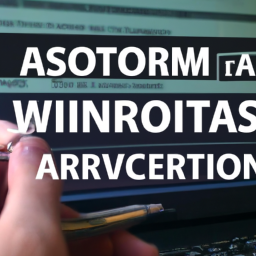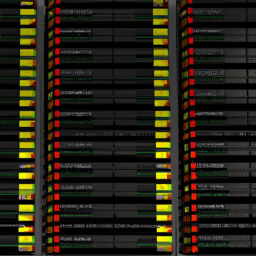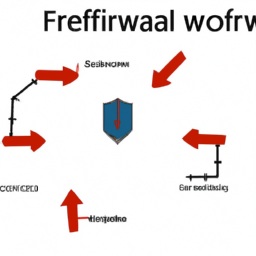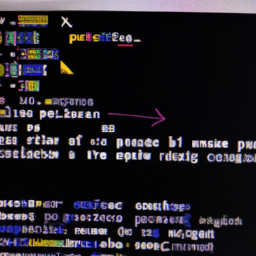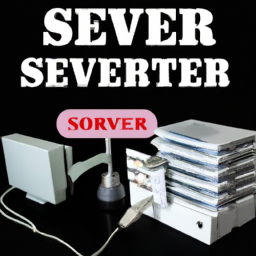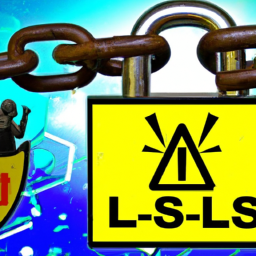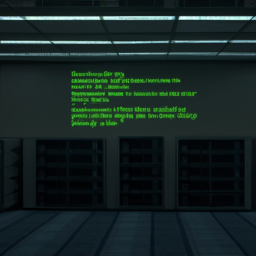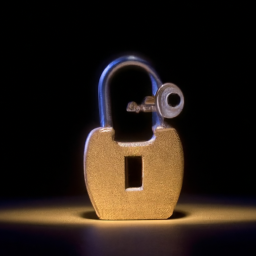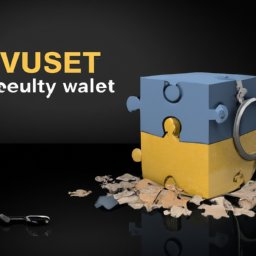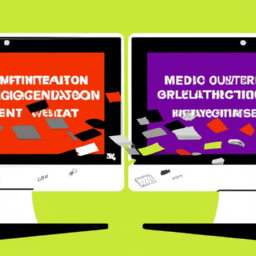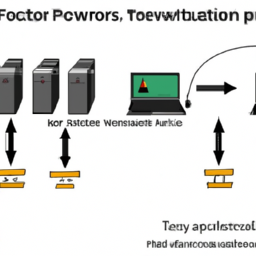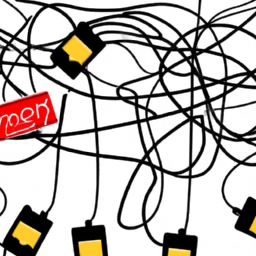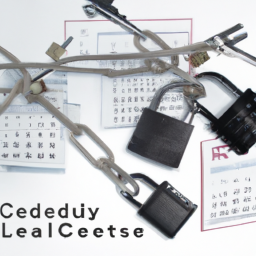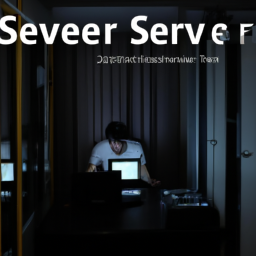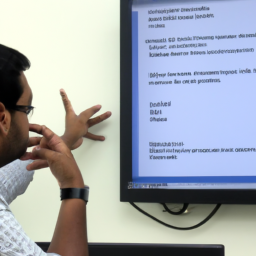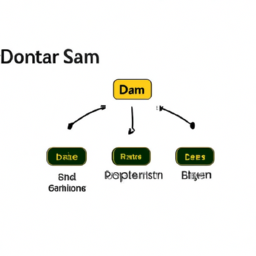Have you ever felt like you were locked out of your own house, even though you had the key? Well, that’s exactly how it feels when you encounter SSL certificate installation errors on shared hosting.
You’ve done everything right, followed all the steps, but somehow you still can’t access your website securely. It’s frustrating, to say the least.
But fear not, because in this article, we’re going to arm you with the troubleshooting techniques you need to overcome these obstacles.
We’ll guide you through the process of:
- Checking SSL certificate compatibility with shared hosting
- Verifying domain ownership and DNS settings
- Ensuring proper certificate installation steps
- Updating SSL/TLS protocols and cipher suites
- Clearing cache and cookies
- Seeking support from your hosting provider or certificate authority.
By the end of this article, you’ll be equipped with the knowledge and skills to tackle SSL certificate installation errors head-on.
So let’s dive in and get your website back on the secure track it deserves!
Key Takeaways
- Checking compatibility with shared hosting is important to ensure successful SSL certificate installation.
- Properly configuring domain ownership and DNS settings is crucial for avoiding installation errors.
- Following the correct certificate installation steps, such as confirming the certificate matches the domain name and verifying the certificate chain, is essential for a successful installation.
- Updating SSL/TLS protocols and cipher suites enhances website security and helps prevent installation errors.
Check SSL Certificate Compatibility with Shared Hosting
Make sure your SSL certificate is compatible with your shared hosting, otherwise you may run into frustrating installation errors. Troubleshooting SSL handshake errors is crucial in identifying and resolving compatibility issues.
One common mistake to avoid during SSL certificate installation is using an incompatible certificate type. Shared hosting often requires specific certificate types, such as wildcard or multi-domain certificates. Additionally, ensure that the certificate is issued by a trusted Certificate Authority (CA) and has a valid expiration date.
Another potential compatibility issue is the use of outdated SSL/TLS protocols or cipher suites. Check your hosting provider’s documentation for the supported protocols and update your configuration accordingly.
Finally, verify that your domain ownership and DNS settings are correctly configured. This ensures that the SSL certificate is issued to the correct domain and that the DNS records point to the correct server.
To avoid installation errors, it is essential to ensure compatibility and verify domain ownership and DNS settings.
Verify Domain Ownership and DNS Settings
Ensure that you’re the rightful owner of the domain and that your DNS settings are properly configured, so you can confidently navigate the labyrinth of online security and protect your digital kingdom.
To verify domain ownership, you can choose from various domain validation methods such as email validation, DNS record validation, or file-based validation. Each method requires you to prove that you have control over the domain.
Once ownership is confirmed, it’s important to troubleshoot DNS configuration to ensure that your domain is correctly pointing to your shared hosting server. This involves checking the A records, CNAME records, and any other relevant DNS settings.
By verifying domain ownership and troubleshooting DNS configuration, you can proceed with confidence to ensure proper certificate installation steps, safeguarding your website and securing sensitive data.
Ensure Proper Certificate Installation Steps
Don’t forget to follow the necessary steps to properly install your certificate and protect your website. Common mistakes during SSL certificate installation can lead to errors on shared hosting. To troubleshoot SSL certificate errors, ensure you’ve completed the installation correctly.
Here are three sub-lists to guide you in the process:
- Confirm the certificate matches your domain name and is issued by a trusted Certificate Authority (CA).
- Check the certificate chain to ensure all intermediate certificates are properly installed.
- Verify that the private key is correctly paired with the certificate.
By following these steps, you can avoid common pitfalls and resolve SSL certificate installation errors.
Now, let’s move on to the next section on how to update SSL/TLS protocols and cipher suites.
Update SSL/TLS Protocols and Cipher Suites
Upgrading your website’s security protocols and cipher suites can significantly enhance the protection of your online data and transactions. Did you know that 94% of websites still use outdated SSL/TLS protocols, leaving them vulnerable to cyberattacks?
Outdated SSL/TLS protocols can have a severe impact on website security, as they are more susceptible to vulnerabilities and exploits. Regularly updating SSL/TLS protocols and cipher suites is essential to ensure that your website remains secure and protected against potential threats.
By updating to the latest protocols, you can take advantage of improved encryption algorithms and security features that offer better resistance against attacks. Additionally, updating cipher suites helps strengthen the encryption used for secure communications, further bolstering your website’s security.
Now, let’s explore the next step: clearing cache and cookies.
Clear Cache and Cookies
To enhance your website’s performance and improve your browsing experience, it’s time to clear cache and cookies. Troubleshooting browser issues and reinstalling the SSL certificate can often be resolved by clearing cache and cookies. When you visit a website, your browser stores certain files, including images and scripts, in its cache to load the page faster in the future. However, outdated or corrupted cache files can cause SSL certificate installation errors. Clearing cache and cookies will remove these files and force your browser to download fresh copies, resolving any issues related to SSL certificates.
Here is a table that explains how to clear cache and cookies in popular browsers:
| Browser | Steps to Clear Cache and Cookies |
|---|---|
| Google Chrome | Click on the three dots in the top right corner, go to More tools, select Clear browsing data, choose the time range and items to clear, then click Clear data. |
| Mozilla Firefox | Click on the three lines in the top right corner, go to Options, select Privacy & Security, scroll down to Cookies and Site Data, click on Clear Data, then choose the items to clear and click Clear. |
| Safari | Click on Safari in the top menu bar, select Preferences, go to the Privacy tab, click Manage Website Data, then click Remove All. |
| Microsoft Edge | Click on the three dots in the top right corner, go to Settings, select Privacy, search for Clear browsing data, choose the time range and items to clear, then click Clear. |
To ensure a successful SSL certificate installation, it is essential to clear cache and cookies regularly. If you continue to experience issues after clearing cache and cookies, it may be time to seek support from your hosting provider or certificate authority.
Seek Support from Hosting Provider or Certificate Authority
If you’re still encountering difficulties, it might be worth reaching out to your hosting provider or certificate authority for assistance, as they have the expertise to resolve any lingering issues.
Here are three reasons why seeking support from your hosting provider or certificate authority can be beneficial:
-
Troubleshooting SSL errors on self-hosted websites: Your hosting provider or certificate authority can help identify the root cause of the SSL certificate installation errors. They have the knowledge and tools to diagnose and resolve any configuration or compatibility issues.
-
Common misconceptions about SSL certificates: Your hosting provider or certificate authority can educate you about common misconceptions surrounding SSL certificates. They can clarify any doubts and guide you on the correct installation process, ensuring a secure and error-free website.
-
Expert guidance and support: Hosting providers and certificate authorities have experienced support teams that can provide step-by-step assistance. They can walk you through the troubleshooting process, helping you overcome any challenges and ensuring successful SSL certificate installation.
Remember, seeking support from your hosting provider or certificate authority can save you time and frustration, allowing you to resolve SSL certificate installation errors effectively.
Frequently Asked Questions
What are some common SSL certificate installation errors on shared hosting?
Common causes of SSL certificate installation errors on shared hosting include incorrect installation of the certificate files, mismatched private key and certificate, and issues with the certificate chain. Troubleshooting techniques for SSL certificate errors involve checking file permissions and ensuring the correct file format. It is also important to verify that the private key and certificate match, and confirm that the correct intermediate and root certificates are installed.
Additionally, checking for any conflicting configurations and ensuring the server software supports SSL are crucial steps in resolving these errors.
How can I check if my SSL certificate is compatible with shared hosting?
To check if your SSL certificate is compatible with shared hosting, you should follow some troubleshooting techniques and best practices.
Start by ensuring that your SSL certificate is issued by a trusted Certificate Authority (CA).
Next, verify that the certificate supports the hosting provider’s requirements, such as the correct key size and encryption algorithm.
Additionally, check for any conflicting configurations or server settings that may cause compatibility issues.
Regularly monitoring and updating your SSL certificate will help maintain compatibility with shared hosting.
What steps should I take to verify domain ownership and DNS settings before installing an SSL certificate?
To verify domain ownership and DNS settings before installing an SSL certificate, follow these steps.
First, access your domain registrar and navigate to the domain management section. Then, choose the option to verify domain ownership, which typically involves adding a specific TXT record to your DNS settings.
Once the domain ownership is confirmed, proceed to check your DNS settings to ensure they point to the correct server. This process will help prevent SSL certificate installation errors on shared hosting.
Are there any specific protocols or cipher suites that I need to update for proper SSL/TLS configuration on shared hosting?
To ensure a secure SSL/TLS configuration on shared hosting, it’s essential to update protocols and cipher suites. Best practices include keeping protocols like TLS up to date and disabling older insecure versions like SSLv3.
Additionally, it’s important to prioritize strong cipher suites that offer robust encryption algorithms and key exchange methods. Regularly reviewing and updating these settings will help maintain a secure environment for SSL/TLS communication on shared hosting platforms.
How can clearing cache and cookies help resolve SSL certificate installation errors on shared hosting?
To resolve SSL certificate installation errors on shared hosting, clearing cache and cookies can be an effective troubleshooting technique. By clearing your browser’s cache and cookies, you ensure that your browser fetches the latest version of the website. This can help resolve issues caused by outdated or corrupted cached data.
Clearing cache and cookies should be one of the initial troubleshooting steps to take when encountering SSL certificate installation errors on shared hosting.
Conclusion
So there you have it, troubleshooting SSL certificate installation errors on shared hosting can be quite a frustrating task. Despite following all the necessary steps, it seems like things just aren’t going your way. Isn’t it ironic how something that’s supposed to provide security and trust can cause such headaches? But fear not, there’s always a solution.
Whether it’s verifying domain ownership, updating protocols, or seeking support from your hosting provider or certificate authority, there are ways to overcome these challenges.
Keep calm and carry on troubleshooting!
